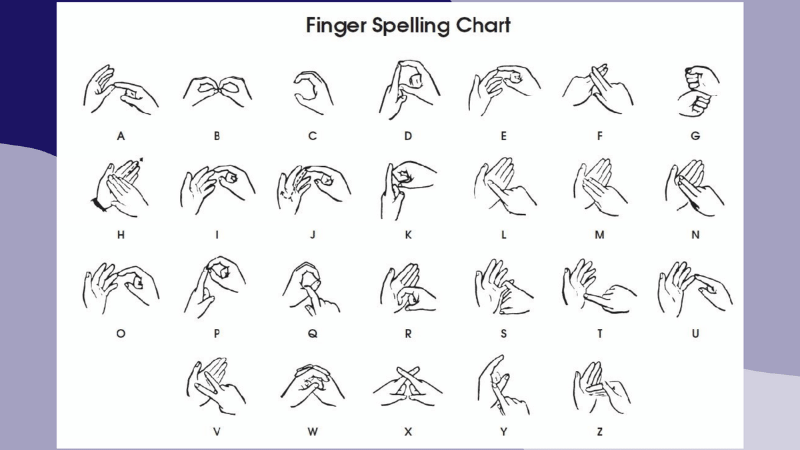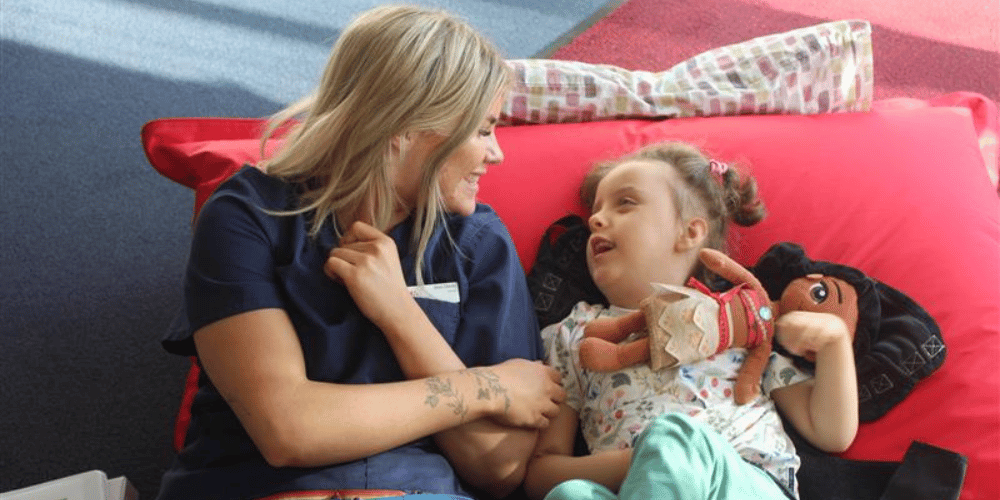What is Makaton?
Makaton is a language programme that uses symbols, signs and speech to enable the children we care for to communicate. It is delivered face to face when a member of staff, trained in Makaton, communicates with a child during daily activities. It can also be delivered with picture communication tools called PECS (Picture Exchange Communication System), where children point using hands or eyes to highlight the item they want or choose. Some individuals prefer to use PECS to communicate, so Makaton symbols can be incorporated into this.
The complete Makaton Language Programme is made up of two vocabularies (taken from Makaton.org):
– A Core Vocabulary of essential words or concepts presented in stages of increasing complexity. The Core Vocabulary is taught first and is the foundation of the programme.
– Then, a much larger, open-ended, topic-based resource vocabulary providing an enormous bank of further signs and symbols covering broader life experiences and used in association with the Core Vocabulary is learnt/taught or used as required.
Who uses Makaton?
Makaton is the UK’s leading language programme for adults and children with learning or communication difficulties. It is also used by everyone who shares their lives, for example, parents and other family members, friends and carers, and education and health professionals. In our case, we use it with children who come to the hospice, who may have physical or mental disabilities and/or limited movement. This language bridges the gap in communication and helps the children liaise with professionals, family, friends and carers. It is also often used at school and so, by using it, we help to provide continuity to young people’s language when they visit us.

At the hospice, Makaton is used alongside spoken language during various activities, such as reading stories, and is mostly delivered by trained staff. One of our Play Team members, Chloe, is qualified to teach Makaton Levels 1 to 4 to other members of the team, helping to improve communication with the children and young people we support.
The Level 1 training covers 140 key concepts from the core vocabulary, enabling staff to learn basic signs that are especially useful when interacting with many of the children who use our services.
This helps to develop a deeper understanding of how we communicate and represents how important language is to everyone at the hospice, especially for the children and families we care for.
The aims of Makaton |
Facts about Makaton |
|
|
How Makaton works
Communication and talking do not always include speaking. When you watch someone talk they will not just say words, but also use hand movements, gestures, facial expressions, eye contact and body language. With Makaton, signs are used with speech in spoken word order. Using signs can help people who have no speech, or whose speech is unclear.
Research has shown that signs and gestures are easier to learn than spoken words. For example, babies use gestures before they can speak, to tell us what they want – they might point at the biscuit tin or hold out their arms to be lifted up. Children and adults can use Makaton to let others know what they want, make choices, share information and understand more. This helps build and develop important communication and language skills and reduces isolation.
Why we use Makaton
Often, when a child cannot talk, or be understood, it can lead to behavioural issues such as frustration or becoming withdrawn. If this happens, they may communicate in ways that could become harmful to them or others. By using Makaton at the hospice, we are developing a way to communicate with all children and helping them express their feelings in a calm and manageable way. In turn, this can help improve their health and well-being. It is another part of the overall holistic care we can deliver at the hospice to make the most of their life, however short that life may be. And it is also a beneficial part of making memories together with their family.
Some of the information found on this page has been adapted from information at makaton.org.
Why not try Makaton yourself? It’s fun, interactive, and a great way to connect. Here, one of our volunteers, Alice, will show you a few signs she picked up during her Level 1 Makaton training. WATCH NOW
You can read more about other ways we communicate with children at the hospice, and how they interact with us if they are non-verbal, by reading our blog.
